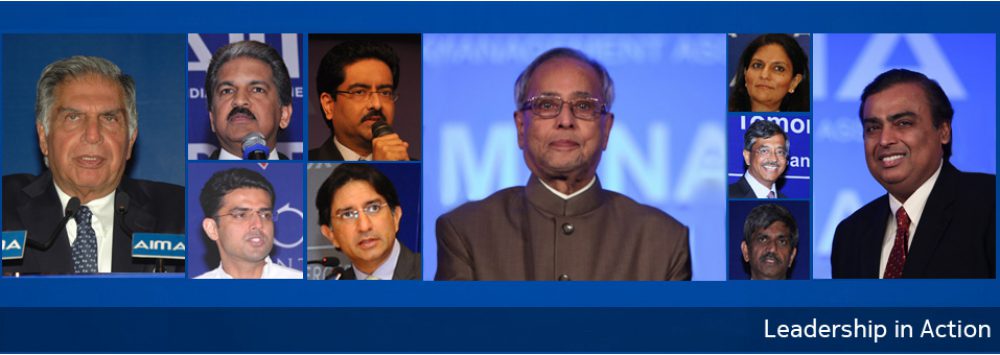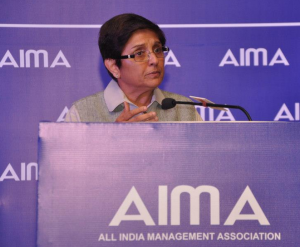I had set up Navjyoti India Foundation in 1986. This foundation was first of its kind as it wasset up by a serving police officer at that time. The foundation just happened by coincidence. Slums in area of Yamuna Bank were a hub of crime, drug pedaling, prostitution, garbage picking, and children in burglar groups. It was the area in my beat for crime prevention. Policing for me stands for prevention than for detection. That is why when the December 2012 Delhi gang rape happened, I kept on shouting at the top of my voice that this was a preventable crime. According to me prevention can be so intensive that a lot can be achieved through it. I have always questioned myself for why should I not work on prevention before detection of crime?
From the belief in this power of prevention my foundation Navjyoti was born. I set up drug addiction treatment centers in Delhi Police Stations. We called it Navjyoti as it was new hope for people who actually needed help. We started off with 8 drug abuse treatment centers in Delhi Police Stations. We set up vocational schools for women in drug pedaling, we set up primary schools for children to prevent them from begging. The foundation started in 1986 and it moved on with me. 16 other serving police officers became the founders of Navjyoti as we all believed in the power of prevention. I believe that we all are in a position to give out some time for community service and we all can volunteer for a cause that has an impact on the growth of our country.
India has 1 NGO for every 400 persons. India has about 3.2 million registered NGOs and half of them are exceedingly well. Most of these NGOs are registered under these acts:
- The society registration act
- The company’s act
- The Indian Trust act
- The charitable &religious trust act
- The FCR act
Many times we come across this question that how should we starting ®istering an NGO. All you have to do is to read the Society registration act and the trust act and follow the process.
Let’s look at India’s top CSR spenders.The Vedanta group is providing computer education to a large number of people. I have been working with them for past 25 years. They have provided computer education to my policemen. It spends 230 crore per year in areas like: child nutrition, education, women empowerment and healthcare. It is providing computer literacy to 3530 schools. Mahindra & Mahindra is another group which spends 72 crore in education, environment &public health Ambuja cements spends 32 crore every year towards water conversation, skill training, environment issues. ITC spends 88 crores for women empowerment. Through their initiatives 1073 self help groups reach out to 17000 women.
How do corporate structure their CSR Activities? Some structure it while linking it to their business & some structure it by de-linking it to their business. The Godrej group provides beautician program &provide job opportunities to women by linking the programs with their products. On the other hand Thermax which deals with environment solutions works on providing soft skills training to a large number of people.
Where exactly is the NGO money goes? The total budget of Indian NGOs is around 50000 crore each year & maximum money from it goes into areas like: education, research,health & social services. India would have been chaotic without these NGOs. People who have got educations through the initiatives of these NGOs are doing very well. Imagine if they were not provided the education then what would India be? India would have been in a shocking situation.
In America,Mr. Barrack Obama has an office called ‘Office for social innovation’ through which he looks at the work of social entrepreneurs from the white house. Britain’s prime minister has proposed a concept called ‘The big society’ through which he can deal with the social issues. India is a country of limited assets but the number of social entrepreneurs is increasing day by day. India can also have an office called ‘Office of social enterprise’ through which we can we coordinate the giver & the receiver as we don’t have a coordinator yet.
Now the main question: Where does this marketing world and NGO world merge? Many of the people trained under my organization are working in BPOs. We customized the course according to their needs and taught them soft skills & English language and they are earning money for themselves.
Let me tell you a story of how Britannia and my organization coordinated perfectly for a social cause. We collaborated with Britannia to provide ‘Tiger’ brand biscuit which are rich in iron to our slum children and we did a little study on this. We checked the health pattern of the children after providing 2 of these biscuit to the children for about 10 months. The result was that their hemoglobinlevel shoots up to 9 from 7. Britannia presented this study to tell how one form of marketing has matched the social need so perfectly.
I have seen plethora of advantages where Corporate & NGO coordinated for the betterment of society. One of the initiative in which I am really interested is to provide business education to the marginalized. Why should we have B schools just for upper and middle class?Why can’t we have B schools for marginalized? If we provide the business education to a vegetable seller or a plumber, they would be able to use it in their business for better productivity & better life. I am very optimistic about CSR linkage with the corporate and I think the cooperation between an NGO and a corporate can help in growth of India in a proper fashion.





Amazing article on how we can merge these two totally different worlds..
Great article. I totally agree with her
We are glad that you like this article.